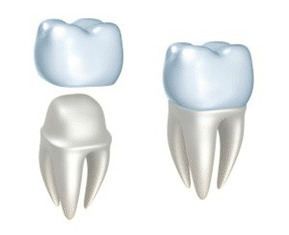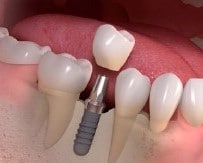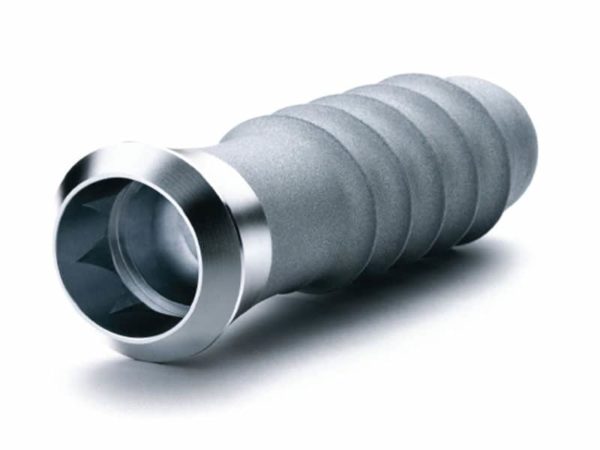Broken fixed prosthesis
A fixed dental prosthesis is work carried out jointly by a dentist and a dental technician to replace a missing tooth (crown) or several teeth (bridge) on a permanent, non-removable basis.
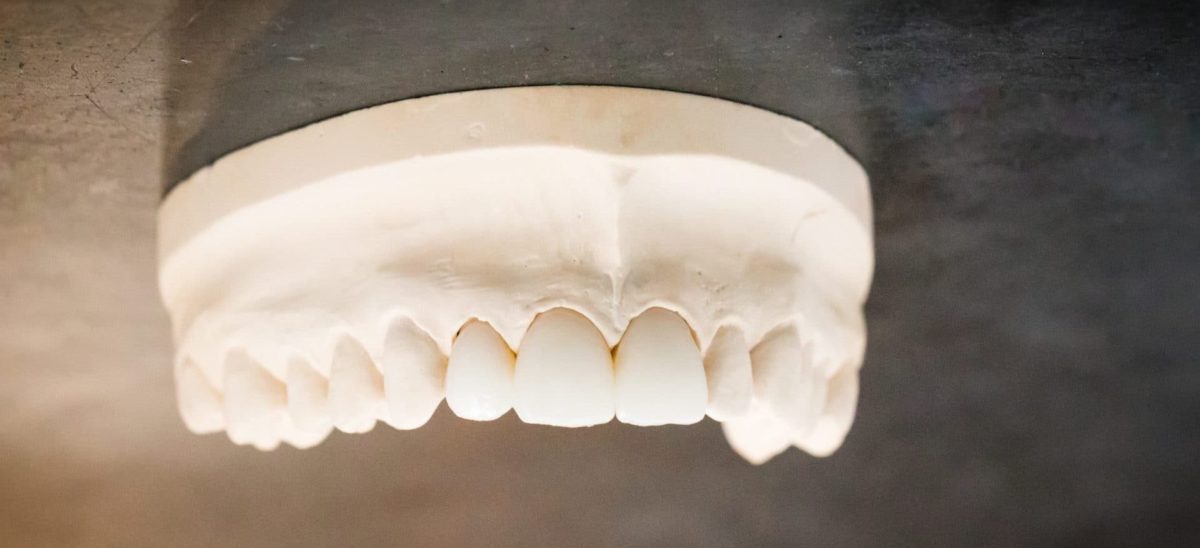
Building a crown
It can be performed on natural tooth roots in good condition or supported by dental implants. Contact a dentist in Geneva
The constitution of a crown or bridge is as follows:
- A base (1st layer), called the framework, made of either precious alloy (gold-based) or zirconia (highly resistant ceramic)
- An overlay with a cosmetic material to give an appearance as close as possible to the natural tooth, usually cosmetic ceramic
What causes fixed dentures to fracture?
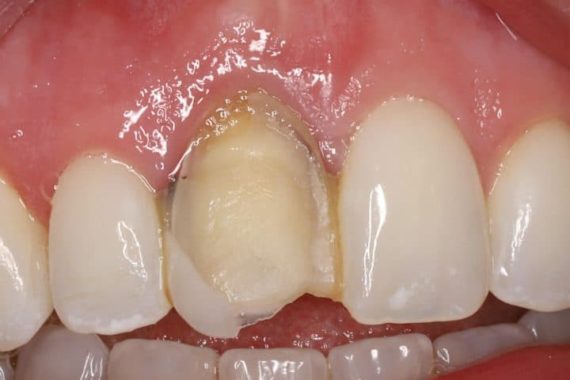
Wear of the cosmetic ceramic layer
Over time, the outer ceramic layer can wear or crumble, sometimes revealing the metal framework.
More often than not, this is merely an aesthetic inconvenience, but sometimes it can become more serious. Indeed, if this chipping is responsible for a loss of the contact point with the adjacent tooth, then repeated food compaction will occur, leading to the development of a cavity.
Unfortunately, there’s no miracle solution for repairing chipped ceramic: the only viable alternative is to make a new crown.
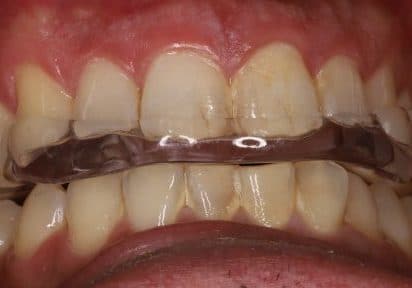
Bruxism
Also known as teeth grinding, this uncontrolled functional disorder often occurs at night.
It can cause pain in the chewing muscles, accelerated tooth wear, sometimes dental pain and, in the case of fixed prostheses, fracture of the cosmetic ceramic.
The use of a nightguard is strongly recommended to prevent ceramic fracture.
Occlusal overload
When fitting a fixed prosthesis, there’s an important element to its longevity: the adjustment of the occlusion (interlocking of the teeth). If the occlusion on the crown is too large (too many forces applied to the crown by the antagonist tooth), we speak of occlusal overload, and fracture can occur.
